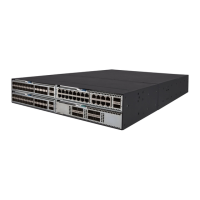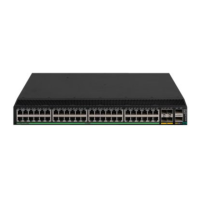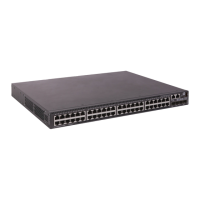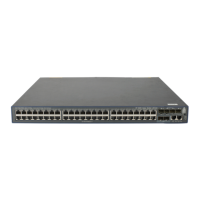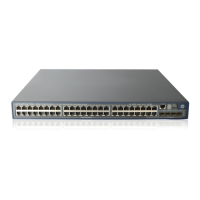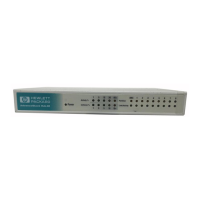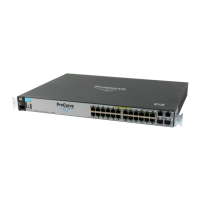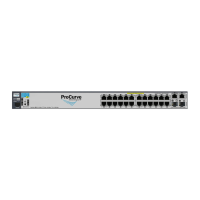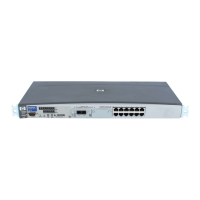137
Typically, a router only needs one NET, but it can have a maximum of three NETs for smooth area
merging and partitioning. When you configure multiple NETs, make sure the system IDs are the
same.
IS-IS area
IS-IS has a 2-level hierarchy to support large-scale networks. A large-scale routing domain is divided
into multiple areas. Typically, a Level-1 router is deployed within an area. A Level-2 router is
deployed between areas. A Level-1-2 router is deployed between Level-1 and Level-2 routers.
Level-1 and Level-2
Level-1 router—A Level-1 router establishes neighbor relationships with Level-1 and Level-1-2
routers in the same area. It maintains an LSDB comprising intra-area routing information. A
Level-1 router forwards packets destined for external areas to the nearest Level-1-2 router.
Level-1 routers in different areas cannot establish neighbor relationships.
Level-2 router—A Level-2 router establishes neighbor relationships with Level-2 and Level-1-2
routers in the same area or in different areas. It maintains a Level-2 LSDB containing inter-area
routing information. All the Level-2 and Level-1-2 routers must be contiguous to form the
backbone of the IS-IS routing domain. Level-2 routers can establish neighbor relationships
even if they are in different areas.
Level-1-2 router—A router with both Level-1 and Level-2 router functions is a Level-1-2 router.
It can establish Level-1 neighbor relationships with Level-1 and Level-1-2 routers in the same
area. It can establish Level-2 neighbor relationships with Level-2 and Level-1-2 routers in
different areas. A Level-1 router can reach other areas only through a Level-1-2 router. The
Level-1-2 router maintains two LSDBs, a Level-1 LSDB for intra-area routing and a Level-2
LSDB for inter-area routing.
Figure 36 shows one IS-IS network topology. Area 1 is the backbone that comprises a set of Level-2
routers. The other four areas are non-backbone areas connected to the backbone through Level-1-2
routers.
Figure 36 IS-IS topology 1
Figure 37 shows another IS-IS topology. The Level-1-2 routers connect to the Level-1 and Level-2
routers, and form the IS-IS backbone together with the Level-2 routers. No area is defined as the
Area 1
Area
3
Area 5
Area 4
Area 2
L1
L1/L2
L2
L2
L2
L1
L1
/L2
L1/L2
L2
L1 L1
L1/L2
L1
L1

